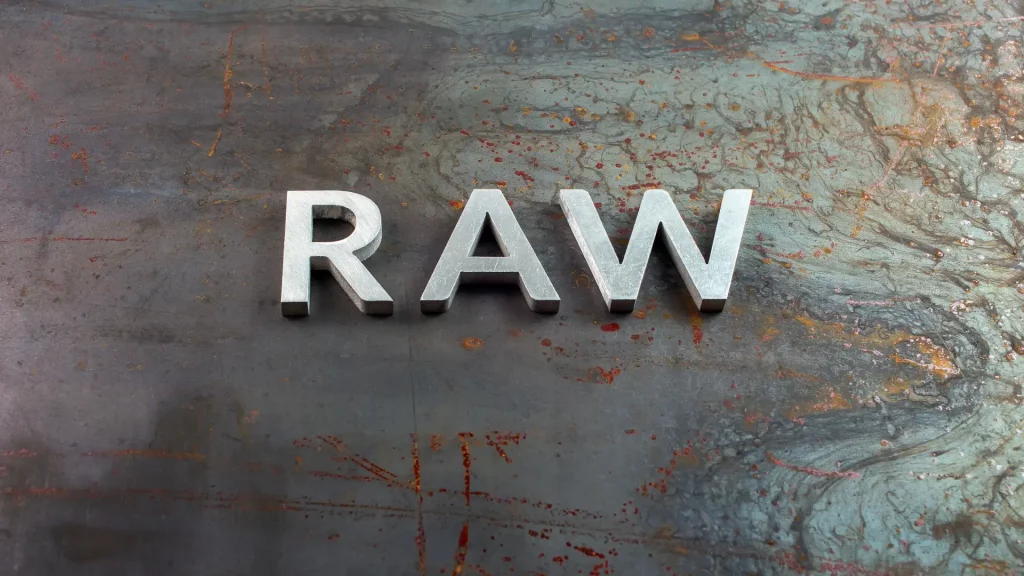In the first years of digital photography only sensors, which were smaller in size than 35mm format (24x36mm2), have been available. As the normal user has been used to use the focal length, and the resulting field of view, at this time industry began to specify the focal length of a camera as equivalent to 35mm. This had the advantage that consumers quickly understood which angle of view a lens depicts on the smaller sensor.
When sensors in 35mm format came onto the market, this nomenclature was adopted. This quickly established a test culture in which cameras with a smaller sensor were compared with the 35mm format. For this purpose, the 35mm format was taken as the standard. The recording of the camera with the smaller sensor was made in such a way that it came as close as possible to that of the 35mm camera.
The consequences
This approach led very fast to statements such as The depth of field of an image depends on the sensor size. What is not correct? Those who are interested in further details about this topic should read my blog post “Four influencing image quality factors of digital cameras”.
However, it usually does not stop with the above statements. The testers often go even further and crop all sensors that are used for comparison to the 3:2 format. Why? If you look at the history of photography, you realize that photography has always had many different formats. Nevertheless, you then hear statements like Despite the same native resolution, the sensor has a lower resolution in the 3:2 format. In my understanding, this is a wrong approach, you could also crop the 3:2 format to the 4:3 format. This would end in a reverse statement. Here’s an example where I took the Micro Four Thirds camera as a reference and cropped the Sony image.


Alternatives for the 35mm format as standard
After more than 3 decades of digital photography, it is time to stop comparing with the 35mm format. Instead of doing that, we should start to discuss the strength of each format. This would allow the end-user to select the format to their needs. With a Micro Four Thirds camera, you will never make the same images as with a 35mm camera. Just as you will not take the same pictures with a medium format camera and a 35mm camera. For this reason, it makes little sense to use such comparisons in technology. As users, we have to ask ourselves what is important to us to implement our photographic ideas.
In case you have to be as mobile as possible Micro Four Thirds is the camera system of your choice. In case you need to shoot in complete darkness and you need to have the best of the best noise performance then a medium format camera might be the right selection. However, at the end of the day, the photographer takes the image. Technology is just a support for doing things easier than without it, it cannot substitute your creativity.



